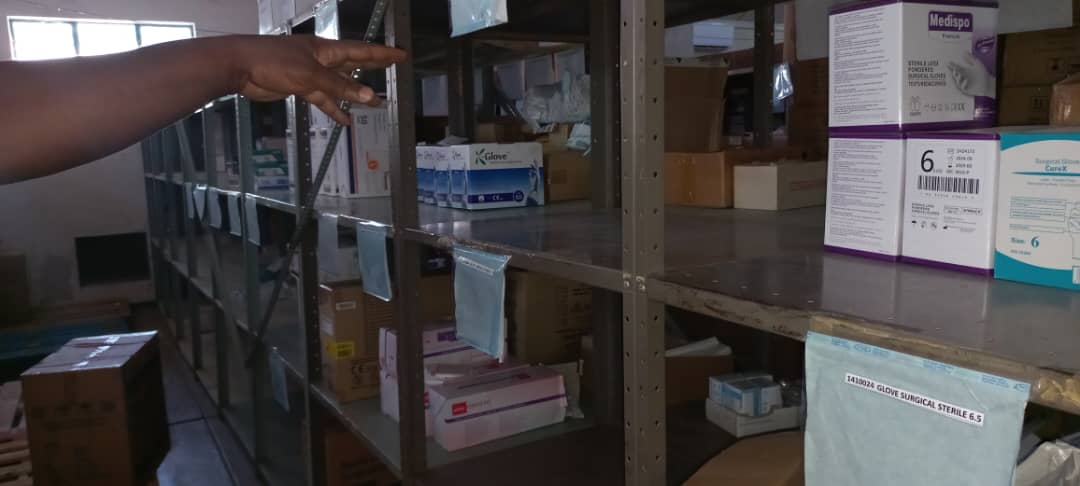HUNDREDS of tiny holes in the shells of mussels, clams and oysters on Namibian beaches gave away the presence of a little-known species of marine worm, called a phoronid, apparently never before recorded in Africa.
The discovery was made by American marine biologists Jennifer Ruesink and Alan Trimble, who are doing their sabbatical in Namibia.
They mainly specialise in bivalves – mussels, clams and oysters – and have helped the local oyster industry respond to last year’s series of devastating red tides that causes losses of millions of dollars at Walvis Bay.
At a recent presentation in Swakopmund, Ruesink described the worm as unsegmented and having the same biology as other marine worms, like a horseshoe-shaped ring of tentacles for filter feeding. The worm is extremely small – its total length being about 2 mm.
According to her, the worm damages mussels and oysters because having to constantly repair their shells drains their energy.
It is still unknown to what extent the worm could affect local aquaculture.
The worms are found in the low-tide area, and are predominant in black mussels, although clams and oysters were also found to have been ‘attacked’.
Ruesink noted that more than half the mussel shells on the beaches were riddled with wormholes.
She said very little published literature is available on the worm, although it appears to have a temperate distribution that includes Scandinavia, the Mediterranean, Pacific Northwest, New Zealand, the east and west coasts of South America, and Japan.
‘It has not been reported anywhere in Africa, including South Africa, where its absence may be genuine, since there is close scientific attention to marine species, but it’s definitely in Namibia,’ she said.
Stay informed with The Namibian – your source for credible journalism. Get in-depth reporting and opinions for
only N$85 a month. Invest in journalism, invest in democracy –
Subscribe Now!










